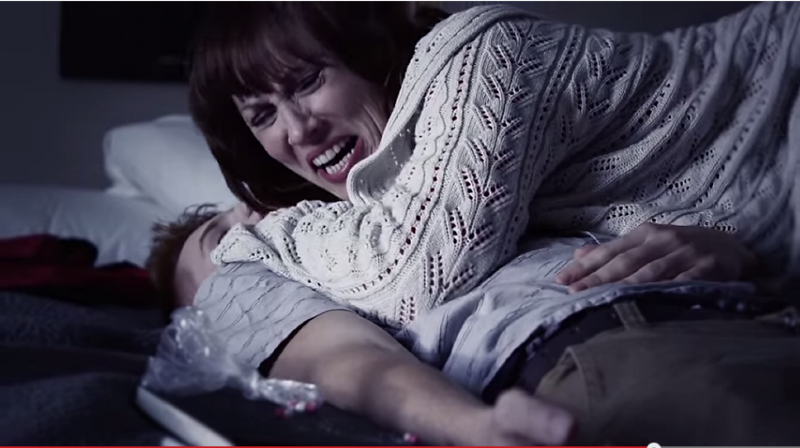
Instead of a clever marketing campaign centered around a hot new product, one ad featured in this year’s Super Bowl tackled the far more serious topic of heroin.
The ad was a public service announcement meant to raise awareness on the rising heroin and prescription opioid painkiller epidemic in the St. Louis area, and featured a weeping mother desperately trying to rouse her son who had just overdosed. While the ad was only recently released, state and federal legislators have been working on a way to prevent heroin-related deaths for some time.
Naloxone, a life-saving drug that can often reverse the effects of an overdose, has been around since the 1960s. It was frequently administered in urban emergency rooms during that era’s heroin epidemic, but later faded into the background. Now, we are seeing a resurgence of opioid overdoses and naloxone is being called upon once again.
While traditionally naloxone was only administered by doctors, state and federal legislators hope to get the drug out of the emergency room and into the hands of first responders, and even family members of drug users.
Research on the correlation between a wider use of naloxone and frequency of opioid overdose rates is still ongoing, but so far the data looks promising. One review of a program that taught Massachusetts community members how to administer naloxone found a decrease in community-wide overdose death rates, and Massachusetts police have been employing the drug approximately once every 10 days.
The heroin epidemic has proved its resiliency and while it will take time and hard work to address the issue, expanding access to naloxone and increasing awareness through public service ads, like the one featured during the Super Bowl, are steps in the right direction.